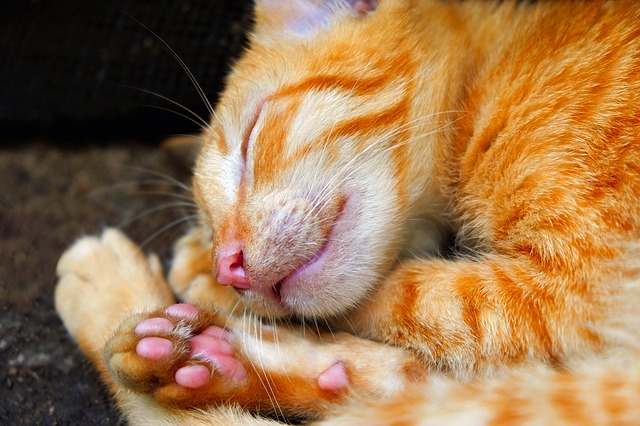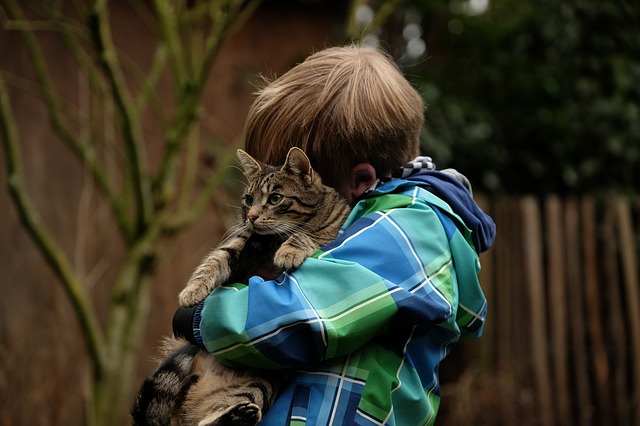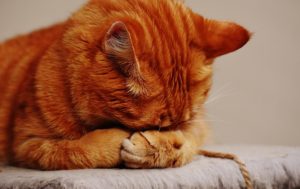unique grammar defining a word
Conlang: Unique Concepts
“Defining” a word.
That’s the closest I can describe this very unique concept in the Hanian language. It’s kind of like other languages have gendered nouns or various forms of the, but it’s not entirely like it as you’ll see below. It’s what you do past figuring out which if any form of the to use for a word. We all know there are many kinds of cats, a cat being called gli ; ar of course if you’ll remember your animal list. If not, perhaps going back and working a bit more with the basics will help before delving into grammar.
The many types of cats…. well which cat is it, anyways? Cause if you’re LY away from the speaker they really need to know what type of cat you’re talking about. Literally or figuratively.
od gliar – the cat
Careful here that you always use the proper form of the, Hanian has several forms of them and they are not gendered. For cat it would of course use the one talking about natural things, animals, plants, etc. If you tried to say the church or the person you’d use az and do respectively)
nod gliar – cats / all the cats / cat-kind as a whole
It’s just a small modification of the basic od.Think of it as if you’d say The Cats or All of the cats or even All cats everywhere. Careful this would change if the word isn’t a natural noun if you for instance would say all holiness or all of humankind. (don and naz used respectively)
bigliar vef nuort (it the adjective’d cat)

An orange cat demonstrating oz ; wa.
In Hanian one form of the is used when the noun is followed by an adjective of any kind. So here the orange cat, it would use a completely different from of the to point out that there is more clarification of what type of cat it is upcoming. It’s a tech thing according to the Immortals, we wouldn’t quite grog it. We think it’s just that they like pointing out that a particular noun is different from others of it’s kind by using it. Such as pointing out the obvious by saying it in a roundabout way. An example would be “the human, but skin be blue!” Clearly says it in the vef even if no one fesses up to it! (ef = but; ve = be / existing /am / is). What makes it even more strange is that the bi is actually attached to the noun in question, it means to experience or being in the sensation of something / feeling something. Like you’re experiencing the “orangeness” through the cat. Really hard to explain.
uy gliar – a cat (it’s the random cat, we know nothing about it)
oh, finally something much easier and more like what you’d be used to in English. Phew, dodged that one. Use this to say a cat or well a random cat. Commonly used when only one has been observed, ie. this behavior may be common to cats, but it might just be this one random cat that’s doing this weird thing. Unlike the many forms of the, in Hanian uy is for saying a, an and one of something.
yot gliar – owned cat, (it’s the pronoun’d cat)

Well it’s clear that that cat is his. you would use yot gliar.
Ok, probably spoke to soon here. What is a pronoun’d cat you might think. It’s when you’re speaking about my cat, our cat, your cat, his cat, her cat, etc. Any cat that is defined as belonging to someone or is spoken of using a pronoun of any kind. This can also be used when you see the cat always next to or near someone, as in attachment. So how in the heck would you say my cats in this case?
yot gliarn (of course)
Hey, I said Hanian Grammar was simple. Never said it was easy. Big difference there. It’s just like a resource manager is called an ar (singular) and arn (plural). Might it come from herding cats? No one knows! Might come from something much more cynical and darker if we’re talking the chaha story universe but herding cats and resource managers would likely go hand in hand too. Even in contemporary times the language can’t hide it’s non earthy origins very long at all.
te gliar – like the cat, cat like (it’s the not quite a cat)
So want to say something is like a cat or similar to a cat but it’s not quite a cat. You’d use te as the base form to do so. It’s not an official form of the, but something entirely different. We can only imagine that came from landing on foreign planets and finding things that kinda looked like something they knew but well, weren’t. What’s worse is that they keep say te gliar every time they see an actual cat here so we don’t know what an actual gliar really looks like…it just kinda translates to cat.
igliar – as name “The Cat” – i ; gli ; ar
Anytime you have a name of “The Cat” it’s said as igliar. Think mobsters, singers, superheroes and cat buglers.
Suffice to say Hanian Grammar will take a while to learn. Though many of these are quite rare in contemporary use it will still make you want to scream that it’s just a regular run of the mill cat when it does come up. However, if you learn your bases you’ll have a much easier time with something as foreign and alien as defining your cat.

I’ll never complain about English Grammar ever again, I promise!

